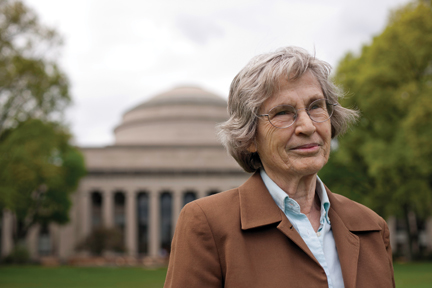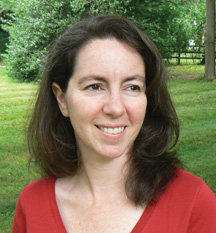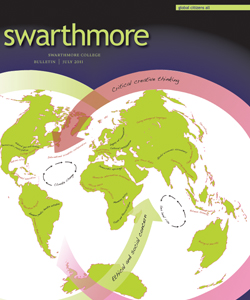A Thing of the Past?
A decade after a groundbreaking report on gender discrimination at MIT, Lotte Lazarsfeld Bailyn ’51 sees progress but worries about future gains.
 During her 40 years as a social scientist at MIT’s Sloan School of Management, Lotte Lazarsfeld Bailyn has seen tremendous improvements in workplace conditions for women—and that includes women at MIT itself.
During her 40 years as a social scientist at MIT’s Sloan School of Management, Lotte Lazarsfeld Bailyn has seen tremendous improvements in workplace conditions for women—and that includes women at MIT itself.
Particularly significant were the changes that followed the 1999 release of a report that uncovered rampant gender inequities at the institute’s School of Science. The report made national headlines, as did the response of MIT’s then-president Charles Vest, who acknowledged the problems and supported measures to correct them.
Bailyn was chair of the MIT faculty at the time and was instrumental in getting the highly personal data in a form that the people involved were willing to release. “I knew that this was not unique to the School of Science but was going on throughout the whole institute, and I thought the faculty should be made aware,” she says.
The report found that tenured women in the School of Science had lower salaries, less lab space, and fewer resources for research than their male counterparts, among other issues. The results didn’t surprise Bailyn, who studies the relationship between management practices and employees’ personal lives. “What was more surprising to me was that these women in science were so surprised,” she says. “They were involved in science, and they thought this was all their individual issues.” The evidence didn’t surface until the 1990s in part because the women assumed gender discrimination was a thing of the past and believed that MIT was a true meritocracy—until they became senior faculty. At that point, Bailyn says, they realized that they were not receiving the same recognition or resources as their male colleagues.
So great was the report’s effect on MIT that it merits a chapter in Becoming MIT: Moments of Decision, a new book edited by David Kaiser that examines crucial turning points in the institute’s history. Kaiser—an associate professor in MIT’s program in science, technology, and society—asked Bailyn to write that chapter. “She was in a genuinely important central place when this was happening,” he says.
In March, MIT published a follow-up study that shows much has improved for its women faculty over the last 12 years. When the first study came out, women made up 10 percent of the engineering faculty, compared with 16 percent today, and 11 percent of the science faculty, compared with 19 percent today. As of 1999, there had never been a woman in a leadership position in any department in science or engineering. Now, women hold key administrative positions in those departments—and MIT’s president is Susan Hockfield, a noted neuroscientist and the first life scientist to head the institute.
Despite such progress, Bailyn points out that some of the solutions implemented in the wake of the first report have created new problems. For example, the 1999 report found that women faculty felt excluded from committees and decision-making. To rectify that, there has been a push to put women on committees, but because there are still far fewer women than men, Bailyn says, the women are swamped with service requirements and therefore have less time for research than their male peers.
Now a professor emerita of management at Sloan, Bailyn is still involved with MIT’s efforts to address discrimination. She recently led the research program for a two and a half year study of race and diversity among the MIT faculty, published in January. Although she says conditions for women at MIT have certainly evolved, she is concerned that people will lose sight of gender as they begin to focus on other measures of diversity.
“A danger as a lot of universities are moving more to thinking about race is that gender gets lost,” she says. “Some data show that people talking about diversity usually mean race and usually do not take gender into account, which makes it very male.… In particular, it is important to intersect race/ethnicity and sex, because women of color have a different experience than either white women or male minorities, and they tend to get lost when only one of these is looked at.”

Sara Shay ’92 is a freelance editor, writer, and copy editor whose recent clients include MIT’s Technology Review, the Center for Reproductive Rights, and Wellesley College. She lives in the Philadelphia area with her husband, John McCauley '91, and their two young sons. Her last story for the Bulletin was about the comic singing duo God's Pottery.
 Email This Page
Email This Page